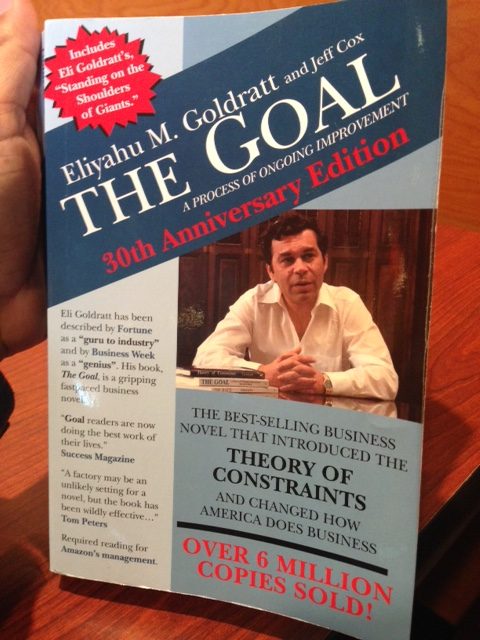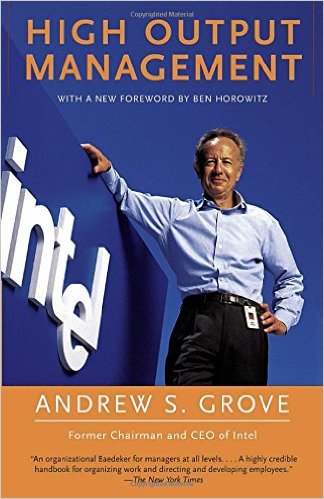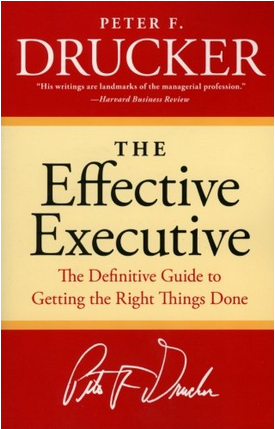The Big Idea: identify the bottleneck. Relieve the bottleneck. Repeat.
- The Goal is one of Jeff Bezos’ three required books for his senior team. (Also, Effective Executive and Innovator’s Dilemma)
- Cost accounting conventions lead businesses to focus on the wrong things.
- The goal of a business is to make money. Therefore, every operational metric should link back to profit.
- There are only three operational metrics that matter: 1) throughput, 2) inventory, 3) operational expense.
- Throughput is money generated when products go out the door.
- Inventory is money locked up in work in process until products go out the door.
- Operational expense is money required to generate throughput.
- Of these, throughput is by far the most important.
- The most important objective is to increase throughput.
- How do you increase throughput? Identify the bottleneck (ignore everything else), relieve the bottleneck, repeat.



